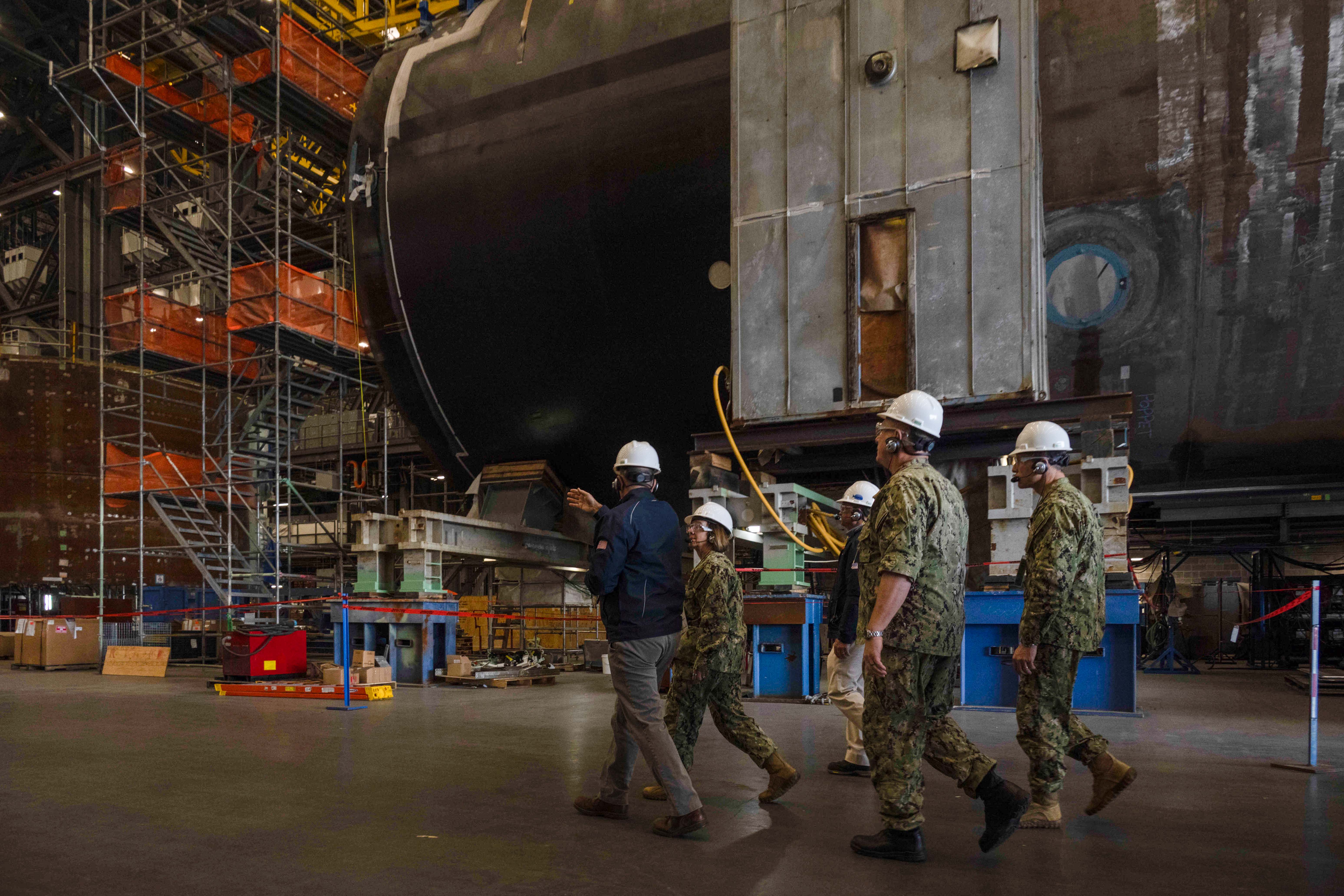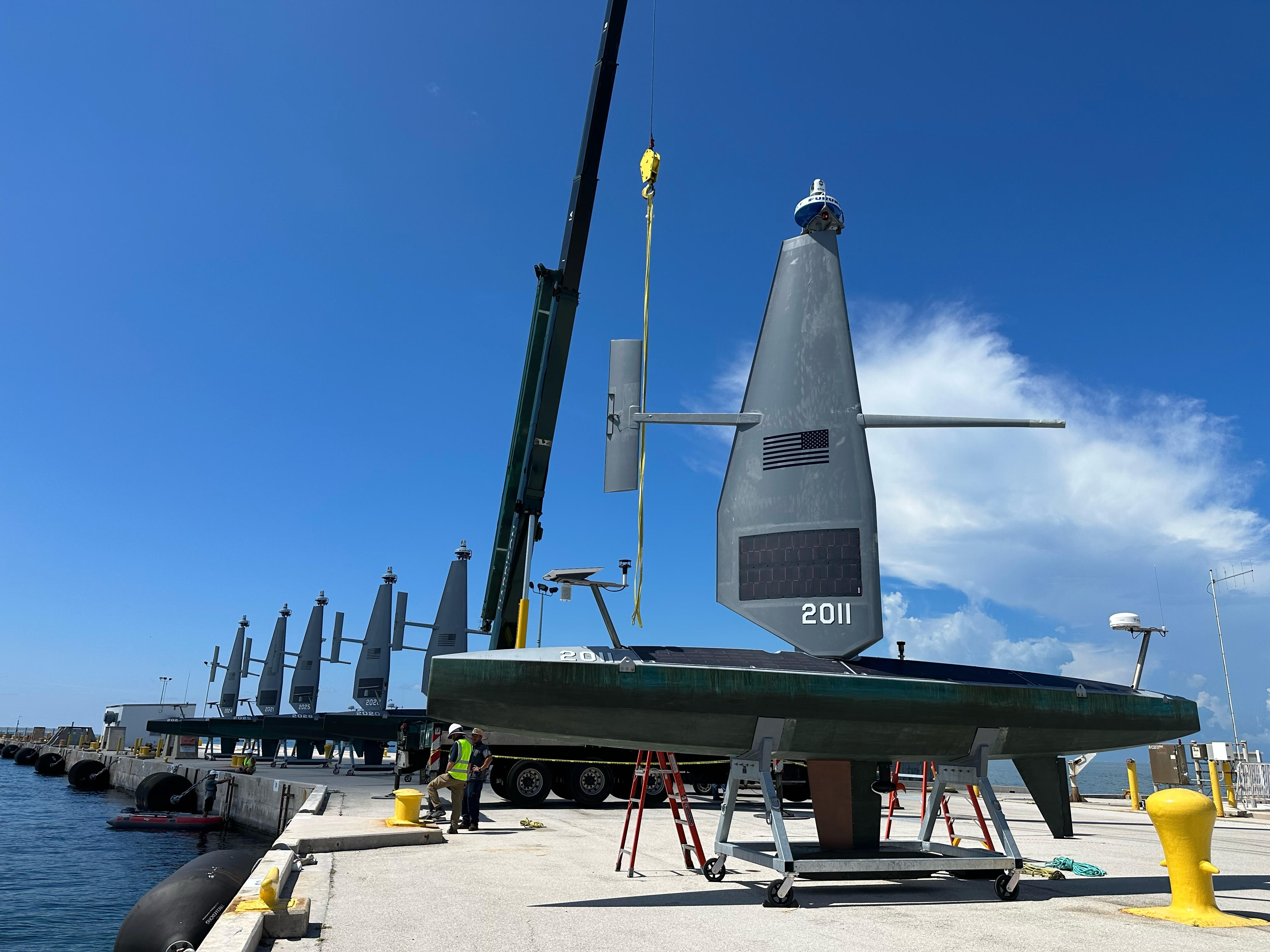[ad_1]

Former president Donald Trump won reelection Tuesday, a night of voting that led to Republicans taking control of the Senate and potentially holding their House majority.
The chance for a governing trifecta, which would repeat the first two years of Trump’s term, already has some in Congress, the Pentagon and think tanks wondering what it means for the defense budget.
While it’s too early to forecast with confidence, analysts who spoke to Defense News said, the return of a Trump presidency will likely augur a larger defense budget, though less security aid for American partners abroad like Ukraine.
Part of why its so difficult to predict the effects of a second Trump term is that there is less Republican consensus on defense spending, said Mark Cancian, who studies security budgets at the Center for Strategic and International Studies.
Whereas the right once almost uniformly supported higher military spending, it’s now split into three main camps, he argued.
The first is traditional defense hawks, such as former Secretary of State Mike Pompeo, who favor a more assertive military and funding to support one. The second is budget hawks, like the House Freedom Caucus, who are most concerned with bloated government spending and would in some cases favor cuts.
And the third is the “America First” wing of the Republican Party, such as Trump’s final acting Secretary of Defense Chris Miller, who are skeptical that America’s military needs to maintain so many missions around the world, and may also support cuts.
What faction will prevail won’t start to become clear until a future Trump Cabinet is set, Cancian said.
“Until we get some sense of that, we’re just guessing,” he said.
Clear telltales will be the nominees to become secretary of defense and director of the Office of Management and Budget, said Mackenzie Eaglen, an expert on the defense budget at the American Enterprise Institute.
“The first thing that matters is the OMB director,” she said, noting the office’s role in managing government budget requests.
By Eaglen’s count, Trump oversaw a massive hike in defense spending during his first term — some $225 billion higher than projected from the late Obama years. Defense hawks in Congress are counting on a repeat of that trend, and will have more power to force it.
Sen. Roger Wicker, R-Miss., published a memo earlier this year calling for a $55 billion surge in defense spending. The paper helped increase the Senate Armed Services Committee budget bill, though by less than half that number. With Republicans taking control of the Senate, Wicker will now chair that committee and can push for further increases.
Republican aides in Congress, when asked by Defense News, signaled confidence that a second Trump term would increase the military budget, though cautioning that it’s still too early to predict.
Congress hasn’t passed either of its two main defense bills this fiscal year, instead operating on a short-term spending bill that lasts through December.
While those will in all likelihood pass eventually, now that control of both chamber is becoming clear, the large security aid packages America has been sending to Ukraine are far less certain. The U.S. has committed more than $60 billion in security aid so far during the Biden administration — much of it going to American arms companies — gleaned from additional spending bills passed by Congress.
“Will there be any more supplementals?” Eaglen said, arguing that Taiwan and Israel had better chances of maintaining American aid.
Trump has said his main priority is ending the war with Russia, without committing to an outcome first. If Trump did abruptly end American assistance, it also risks a whiplash for defense firms that have expanded their product lines to meet Ukraine’s needs, Cancian said.
“That’s industry’s great worry,” Cancian said, though he was skeptical the shift would be too abrupt for firms to adjust.
Noah Robertson is the Pentagon reporter at Defense News. He previously covered national security for the Christian Science Monitor. He holds a bachelor’s degree in English and government from the College of William & Mary in his hometown of Williamsburg, Virginia.
[ad_2]
Source link




